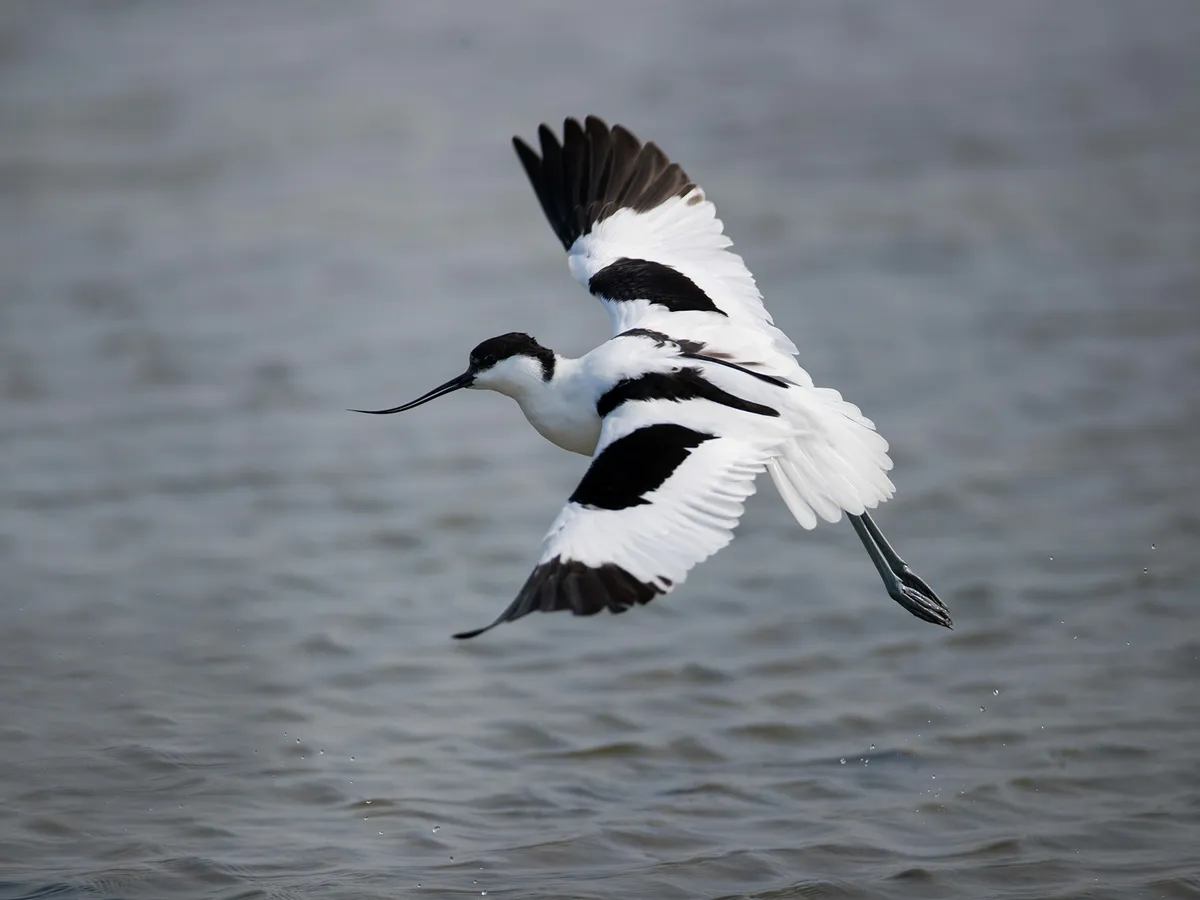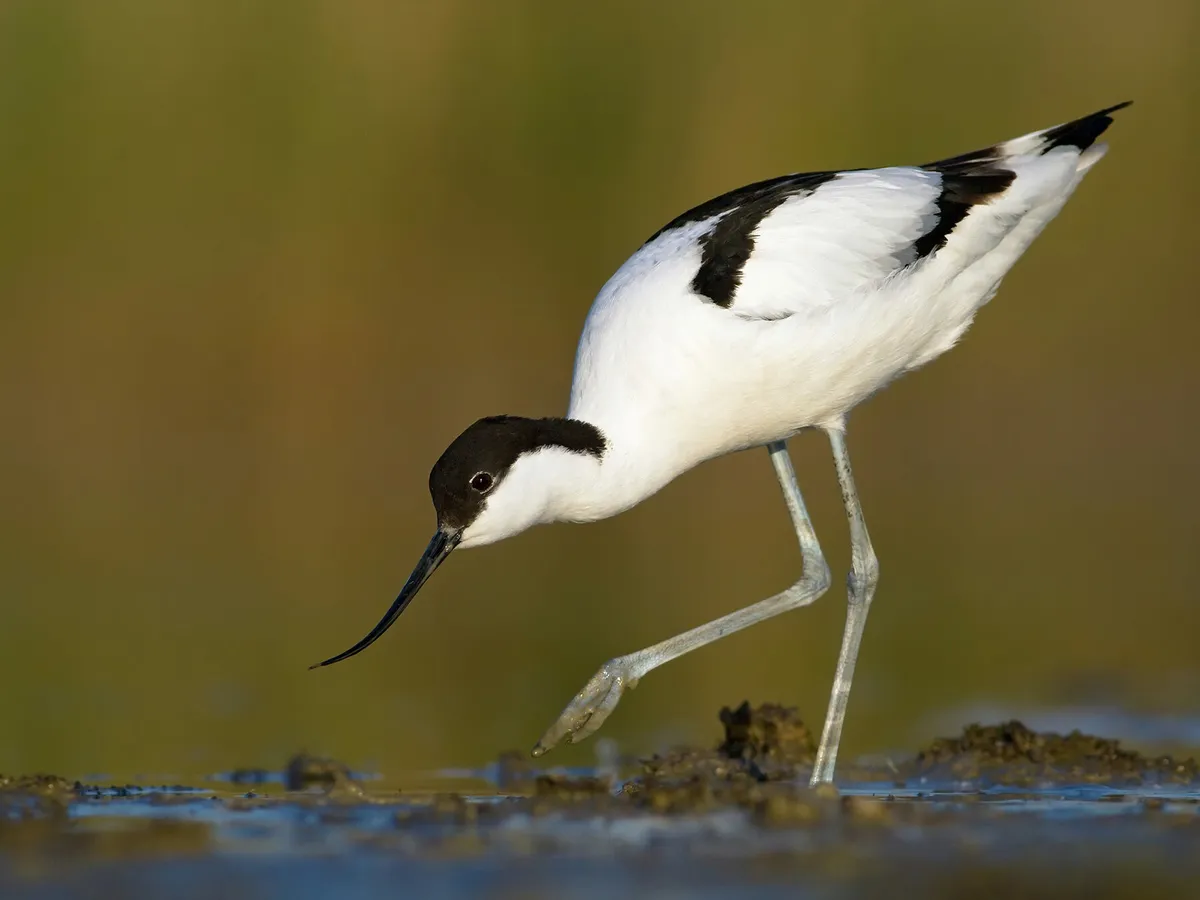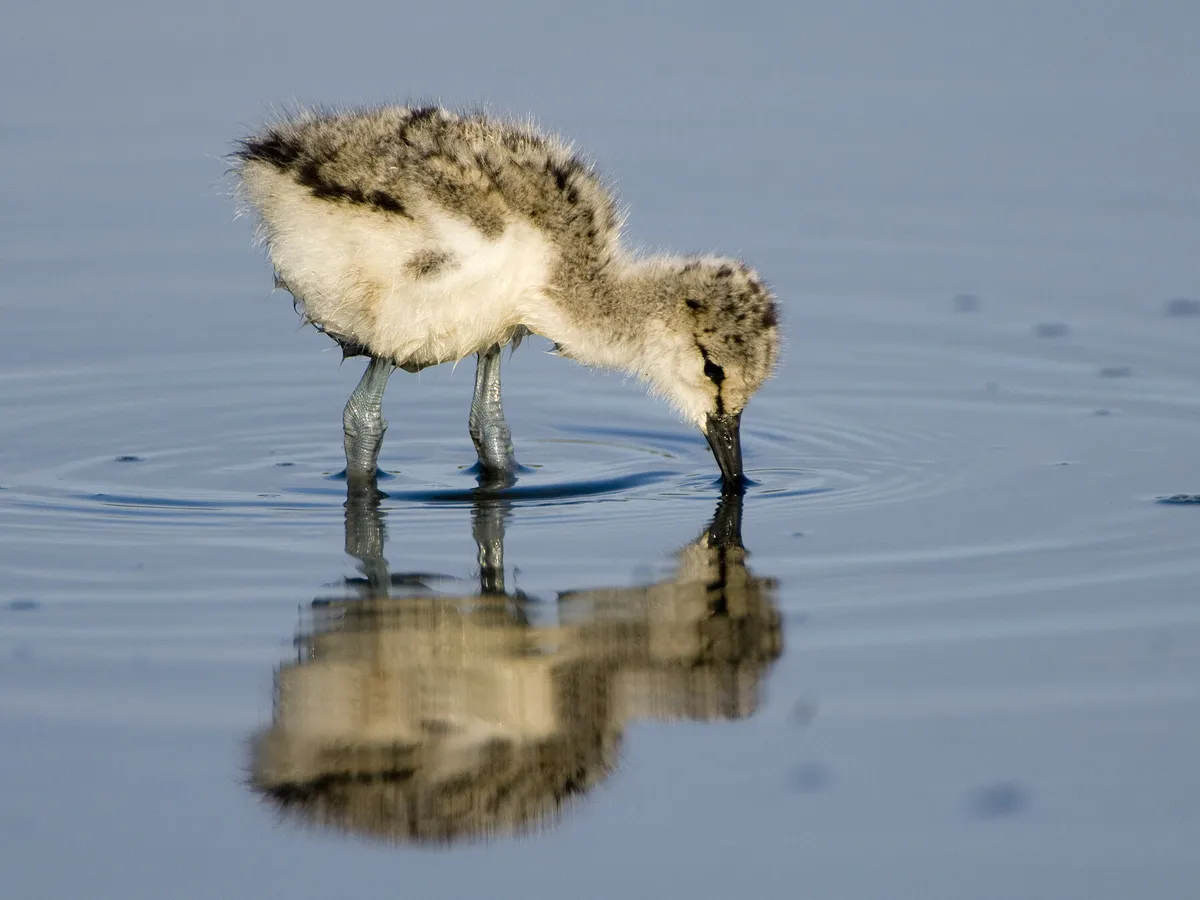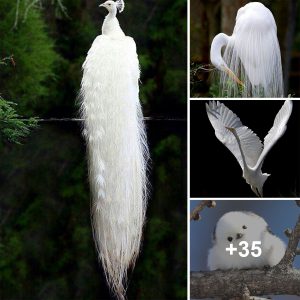In the diverse realm of avian species, one captivating feature that sets certain birds apart is their curved beak. The unique adaptation of a curved bill has evolved in various bird species, enabling them to thrive in their specific habitats and fulfill their ecological roles. Let’s embark on a journey to explore the fascinating world of birds with curved bills and uncover the remarkable ways in which their beaks contribute to their survival.

One prominent example of a bird with a curved bill is the iconic toucan. With its large and vibrant beak, the toucan is instantly recognizable and often associated with tropical rainforests. Contrary to popular belief, the toucan’s beak is not heavy, but rather composed of a lightweight yet resilient material called keratin. This remarkable adaptation allows toucans to reach fruits and manipulate them with ease, contributing to their specialized frugivorous diet. Additionally, the large beak serves as a thermoregulatory organ, helping dissipate excess heat from the bird’s body.

Another fascinating bird that showcases the versatility of a curved bill is the ibis. Found in wetland habitats across the globe, ibises have long, downward-curved beaks that aid them in probing muddy or shallow waters in search of small aquatic creatures, such as fish, frogs, and invertebrates. The curvature of their bills provides a practical advantage, allowing them to reach into crevices and extract prey efficiently. The sensitive tip of the ibis’ beak helps detect subtle movements in the water, enabling them to locate hidden prey with precision.

The distinctive bill shape is not limited to tropical or wetland birds. Even in arid environments, birds have adapted to utilize curved beaks to their advantage. One such example is the famous roadrunner, known for its incredible speed and agility. The roadrunner’s beak is slender and slightly curved, which aids in catching and consuming small reptiles, insects, and other prey. The curvature of their beak facilitates a precise and swift strike, ensuring a successful hunt in the harsh desert landscape.

Beyond their functional adaptations, curved bills in birds also serve ornamental purposes. In certain species, such as the magnificent spoonbill, the bill takes on an extravagant shape that adds to the bird’s visual appeal during courtship displays. These curved bills become vibrant, elongated extensions that are used in striking visual demonstrations, attracting potential mates and asserting dominance within their social hierarchies.
The evolution of curved bills in birds is a testament to the incredible diversity and adaptability found in nature. Through millions of years of natural selection, these specialized beaks have emerged as ingenious tools, enabling birds to exploit various food sources and habitats. They highlight the intricate relationship between form and function, where precise adaptations contribute to a species’ survival and reproductive success.
The study of birds with curved bills not only provides insights into their remarkable biology but also emphasizes the importance of preserving their habitats. Protecting the ecosystems that house these unique bird species is crucial for maintaining biodiversity and ensuring the ecological balance of our planet.
So, the next time you spot a bird with a curved beak, take a moment to appreciate the marvels of nature’s ingenuity. Their remarkable bills are a testament to the wonders of adaptation and serve as a reminder of the immense diversity that exists within the avian world.





